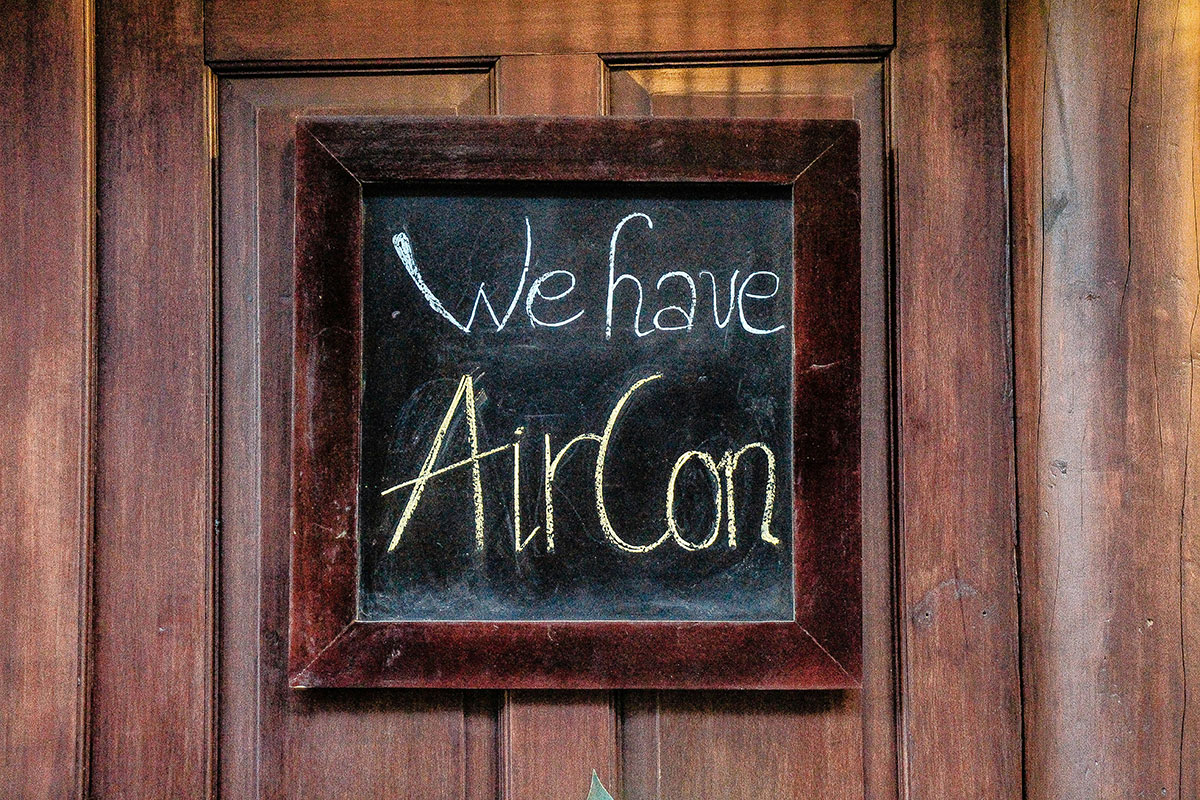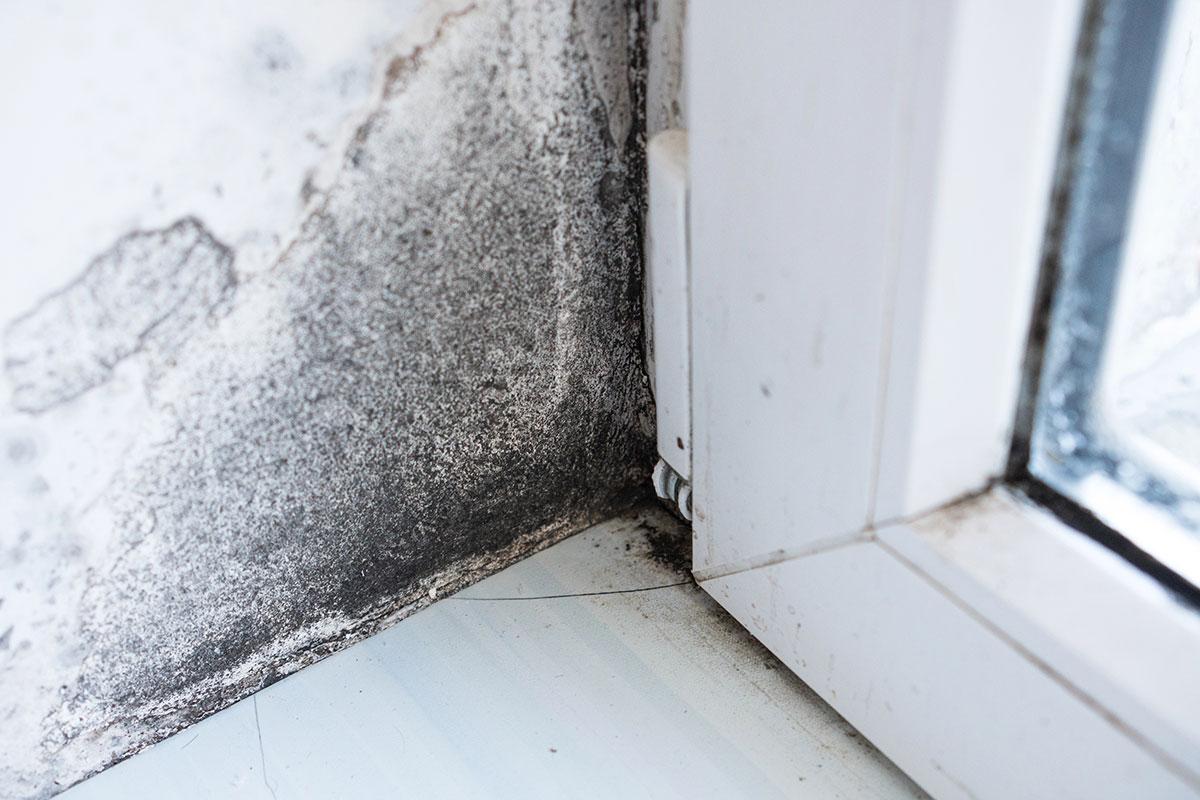It’s Hotting Up In Here: Why Installing Air Conditioning Could Be a Game-Changer For Your Home
It’s Getting Hot In Here: Why Installing Air Conditioning Could Be a Game-Changer for Your Home
This June, the UK saw record-breaking temperatures with the hottest June on record. 2023 saw additional record shattered that left many of us sweltering in our homes, and this summer has been pretty warm too. We all remember sitting in our homes with every window wide open, curtains drawn, and fans whirring at full speed, yet still suffering at the hands of the oppressive heat. For many homeowners, especially those in areas like North Essex and South Suffolk, these hotter summers are no longer just an anomaly—they’re becoming the norm.
In fact, according to the Met Office, 2022 was the fourth hottest year on record for the UK, with temperatures reaching up to 40.3°C in some parts of the country. As our summers continue to heat up, the idea of installing air conditioning at home is gaining traction, and for good reason. Yet only 5% of UK homes are believed to benefit from Air Conditioning currently, despite a rapid rise in system sales.

The Problem with Hotter Summers in the UK
Traditionally, the UK hasn’t needed air conditioning in homes. Our mild climate meant that a few hot days in the summer were manageable with fans and open windows. However, the last few years have shown us that this is no longer sufficient. With more frequent heatwaves, homes are becoming uncomfortably hot, making it difficult to sleep, work, or even relax.
Homes in the UK are typically built to retain heat, which is great for our chilly winters but problematic during the summer. As a result, many houses can become unbearably hot, leading to sleepless nights, lethargy, and general discomfort. Traditional methods of cooling, such as fans or opening windows, often prove inadequate when faced with prolonged periods of intense heat.
The effects of extreme heat are not just physical but also emotional. Prolonged exposure to high temperatures can lead to irritability, stress, and fatigue. For families with young children, elderly relatives, or pets, the situation can be even more concerning, as these groups are particularly vulnerable to heat-related illnesses.
Why Air Conditioning is the Solution
Given these challenges, many homeowners are now considering the benefits of air conditioning. Beyond just cooling your home, modern systems can also improve air quality by filtering out pollutants and allergens, making them an excellent investment for those with respiratory issues.
However, installing air conditioning isn’t just about comfort—it’s about future-proofing your home. As our climate continues to change, having a reliable cooling system will likely become as essential as heating during the winter months. Moreover, homes with air conditioning systems can see an increase in property value, as buyers are increasingly looking for climate-controlled environments.
Air Conditioning can come in a variety of forms, from small or large mobile units, to fully-installed systems running throughout a home using a network of ducting.
The Benefits of a Fully-Installed Air Conditioning System
While some homeowners may consider mobile air conditioning units as a quick fix, they come with their own set of challenges. Mobile units can be noisy, require regular emptying of water tanks, and often struggle to cool larger spaces effectively. They also typically consume more energy, which can lead to higher electricity bills.
On the other hand, a fully-installed air conditioning system offers numerous benefits. These systems are designed to cool your entire home evenly and efficiently, providing consistent comfort throughout. They operate quietly in the background, ensuring you can enjoy a peaceful environment without the constant hum of a mobile unit. Additionally, modern systems are highly energy-efficient, which can help to keep running costs low – typically in the region of 27 – 51p/hour.
Beyond just cooling, many installed systems also offer the ability to filter and purify the air, removing pollutants, allergens, and even odours. This can be particularly beneficial for households with asthma sufferers or those sensitive to airborne particles.
Common Concerns About Installing Air Conditioning
While the benefits are clear, some homeowners have reservations about installing air conditioning, often due to misconceptions about cost and energy consumption.
-
Initial Costs: The upfront cost of installing an air conditioning system can seem daunting, but when you consider the long-term benefits—such as increased comfort, improved sleep, and enhanced property value—it becomes a worthwhile investment. Additionally, there are various options available to suit different budgets and needs.
-
Energy Efficiency: Modern air conditioning units are far more energy-efficient than older models. Many systems now come with energy-saving features that allow you to cool your home without significantly increasing your electricity bills. In fact, choosing the right system can lead to energy savings in the long run, especially if allied with solar panels or battery storage.
-
Maintenance: Like any home system, air conditioning units do require regular maintenance to keep them running efficiently. However, with proper care, these systems are built to last and can provide many years of reliable service. Servicing costs depend on the system, but you wouldn’t expect to pay more than £200 for a fairly typical setup.
- Noise: The installation of a true AC system will minimise your disturbance, with units being much quieter than fans or portable units.
Why Choose Infinity Home Services?
At Infinity Home Services, we understand the unique challenges homeowners in North Essex and South Suffolk face when it comes to keeping their homes comfortable during the summer. We offer expert advice and professional installation of air conditioning systems tailored to your specific needs. Our team ensures that every installation is seamless, providing you with peace of mind and a cool, comfortable home.
We can also ensure that your systems continue to work safely and efficiently, with regular servicing available, including filter changes/cleans, coil maintenance and full system maintenance. Duct cleaning is also available.
Contact Us
As UK summers continue to heat up, the decision to install air conditioning in your home is becoming increasingly clear. A fully-installed system not only provides superior comfort and energy efficiency but also adds value to your property. Don’t wait until the next heatwave hits—take action now to ensure your home is ready to handle whatever the weather throws at it.
Ready to make your home a cool oasis this summer? Contact Infinity Home Services today to learn more about our air conditioning installation options. Call us now on 0800 148 8088 or fill out our contact form below to book a free survey!


















